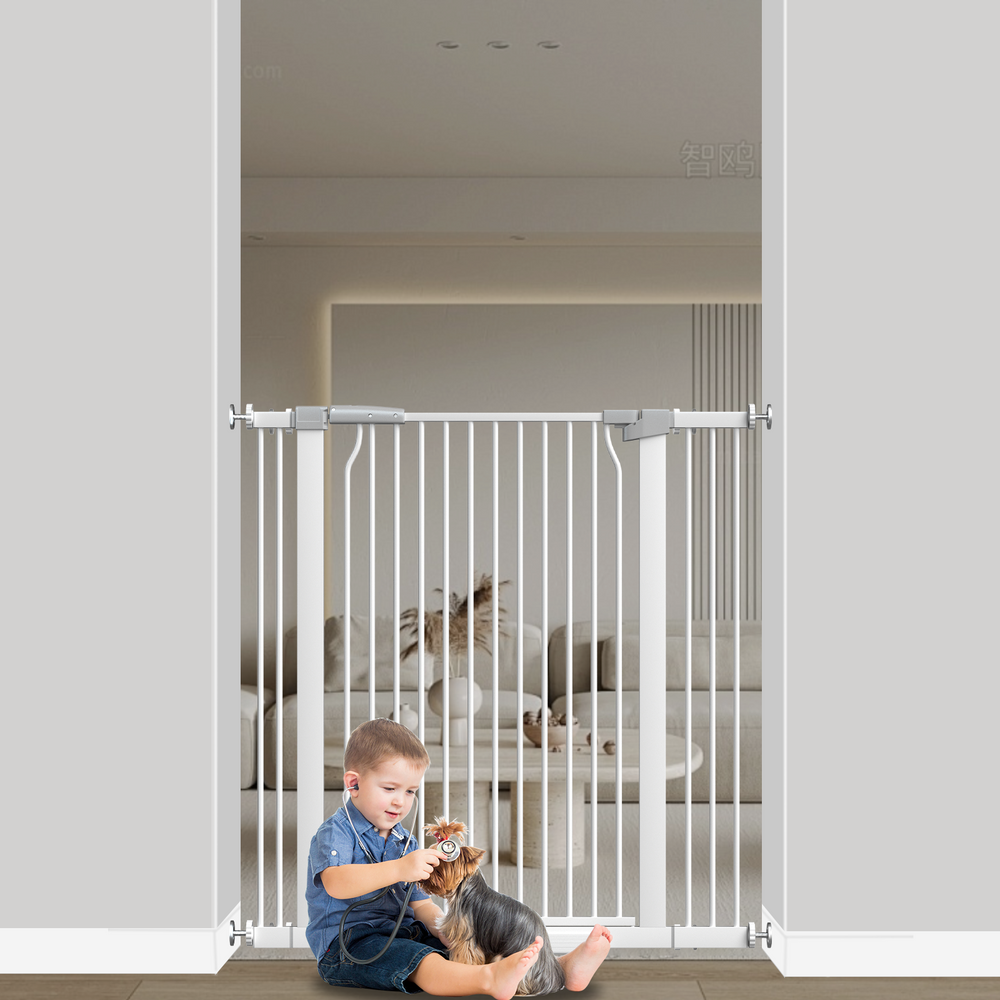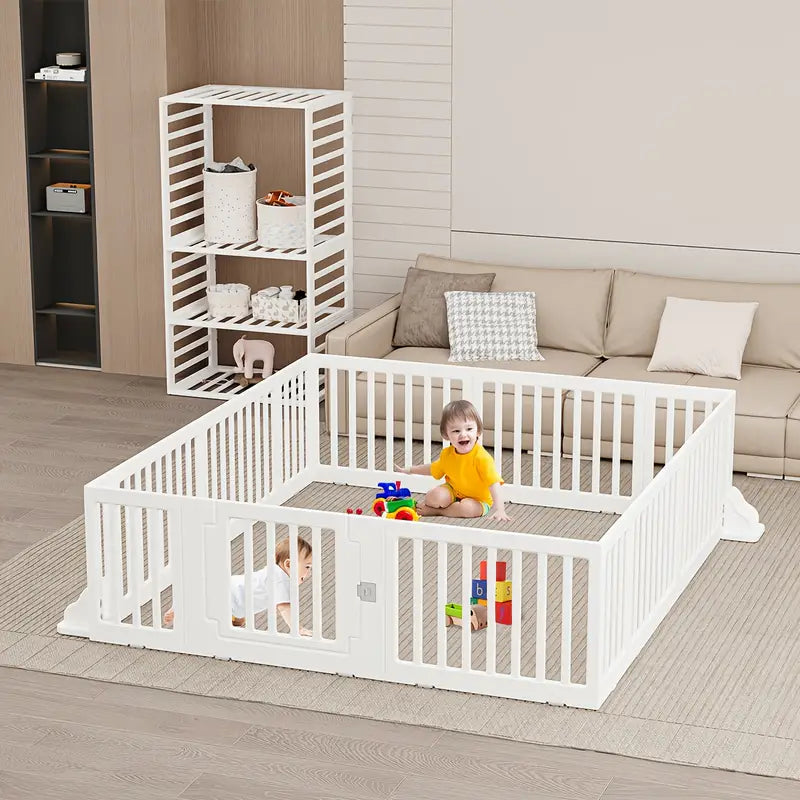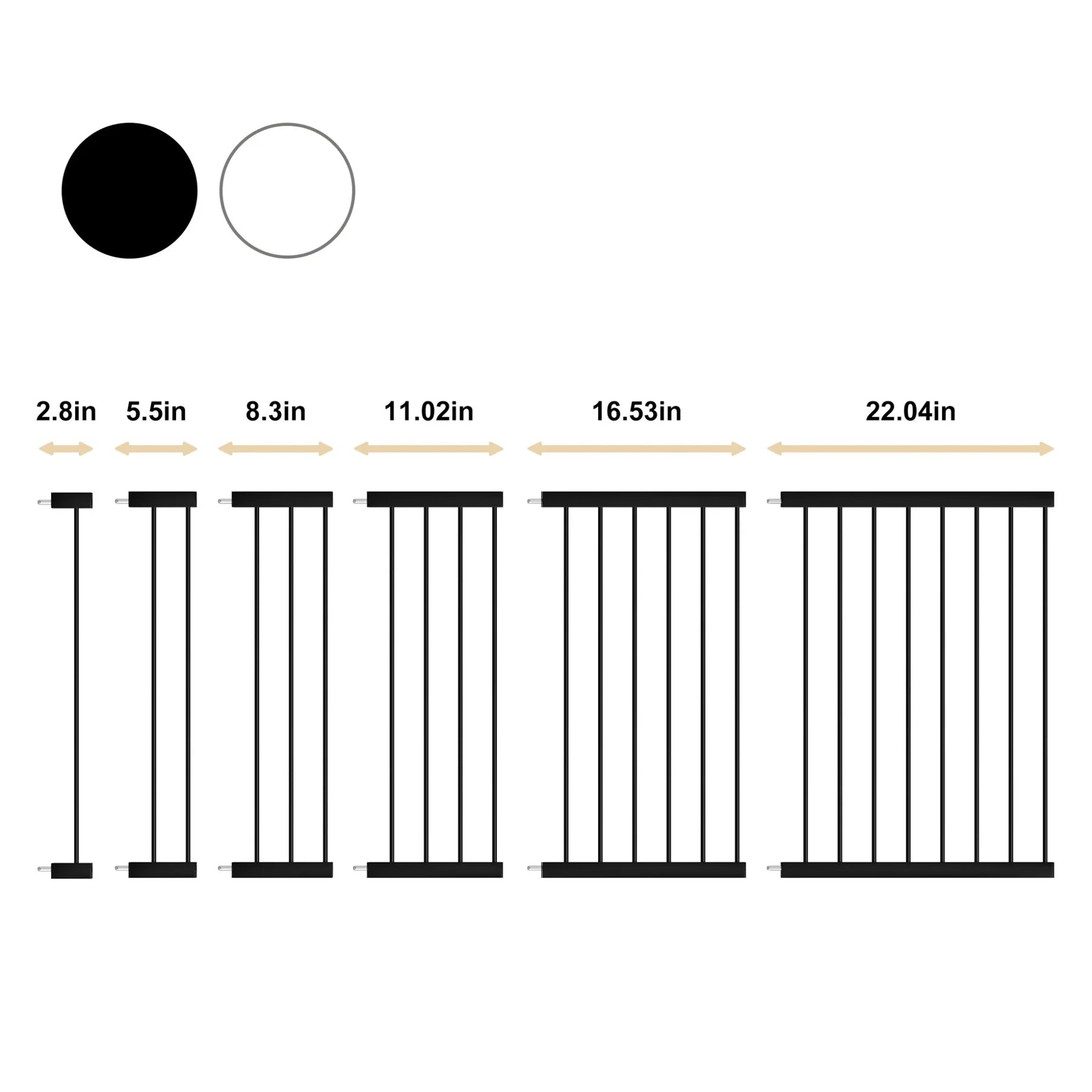Tortoiseshell Cat: Complete Guide to Torties
Understanding the Tortoiseshell Cat
What Defines a Tortoiseshell Cat?
A tortoiseshell cat, often affectionately called a "tortie," is defined by its unique coat pattern. This distinctive coloring is a beautiful mix of two primary colors, typically shades of orange and black, often interspersed with patches of cream or yellow. Unlike calico cats, tortoiseshells usually have very little to no white fur. The pattern itself can vary wildly, from a finely speckled mosaic to larger, more distinct patches of color. The defining characteristic is the mottled or brindled appearance that resembles the shell of a tortoise.
Are Tortoiseshells a Specific Breed?
It's a common misconception that "tortoiseshell" refers to a specific cat breed. In reality, tortoiseshell is purely a color classification, not a breed. This coat pattern can appear in many different cat breeds, as well as in mixed-breed domestic cats. You'll find torties among Siamese, Persians, American Shorthairs, and many other breeds. So, while you might have a Persian cat with tortoiseshell coloring, the tortoiseshell pattern itself doesn't denote a breed.
The Genetics Behind Tortoiseshell Coloring
The stunning tortoiseshell pattern is a fascinating display of genetics. The key lies in the X chromosome. The genes responsible for orange and black coloration are located on the X chromosome. Since female cats have two X chromosomes (XX), they can carry both the gene for orange and the gene for black. During their development, one of the X chromosomes in each cell is randomly inactivated. This random inactivation is what leads to the patchy distribution of colors we see in tortoiseshell cats. Male cats, having only one X chromosome (XY), typically only display one of these colors (either orange or black, or a tabby pattern). Therefore, almost all tortoiseshell cats are female. Male tortoiseshell cats are rare and usually have a genetic anomaly, such as an XXY chromosome configuration, which can lead to health issues and sterility. This genetic quirk is also why they are often considered lucky charms in various cultures.
The intricate mix of colors in a tortoiseshell cat's coat is a direct result of random X-chromosome inactivation during embryonic development. This biological process creates the unique, mosaic-like patterns that make each tortie an individual masterpiece.
The Unique Personality of Torties

When people talk about tortoiseshell cats, one word often comes up: "tortitude." It's a term that describes the spirited, often feisty, and fiercely independent nature that many torties seem to possess. While it might sound like a fun stereotype, there's a lot of anecdotal evidence and even some scientific discussion around this unique feline personality. Many owners report their torties are quite vocal, making their needs and opinions known with a variety of meows, purrs, and sometimes, a hiss. They can also be incredibly affectionate and possessive of their favorite humans, forming strong bonds.
What Kind of Personality Do Torties Have?
Torties are often described as having a strong will and a bit of a temper. They can be playful one moment and aloof the next, keeping their owners on their toes. This unpredictability is part of their charm for many.
The Phenomenon of 'Tortitude'
'Tortitude' is the unofficial term for the distinctive personality traits often associated with tortoiseshell cats. These traits can include being feisty, independent, and sometimes a bit demanding. It's a reputation that many tortie owners readily confirm.
Expert Opinions on Tortie Temperament
Some experts believe that the coat pattern of a tortoiseshell cat might indeed correlate with certain behavioral tendencies. While not every tortie will fit the mold, many experienced cat behaviorists and owners feel that 'tortitude' is a very real phenomenon. They suggest that torties might be more sensitive to their environment and express their feelings more openly, making their personalities quite apparent. It's thought that their unique genetic makeup might play a role in their spirited nature, much like how certain breeds of dogs have distinct temperaments. For instance, if you're looking for a cat that's not afraid to let you know what it wants, a tortie might be a good fit. Just be prepared for a cat that has a lot to say! If you're looking for a sturdy barrier for your energetic feline, consider an extra tall cat gate.
Distinguishing Tortoiseshell Cats
What's the Difference Between a Tortie, Tabby, & Calico Cats?
It can get a little confusing trying to tell apart different cat coat patterns, especially when they start to blend together. Tortoiseshell, Tabby, and Calico cats all have unique looks, but sometimes a cat can show traits from more than one pattern. Let's break down what makes each one distinct.
The key difference lies in the color distribution and the presence of tabby striping.
Here's a quick rundown:
- Tortoiseshell (Tortie): These cats have a mottled or patched coat with colors like black, brown, red, orange, and sometimes cream or blue. The colors are usually mixed together without distinct patches of white. Think of it like a painter's palette mixed up.
- Calico: Calico cats are essentially tortoiseshell cats with the addition of significant white patches. They typically have three colors: white, plus patches of black/brown and red/orange. The colors are usually in clear, defined patches.
- Tabby: Tabby isn't a color, but a pattern. All cats have tabby genes, but on a tortie or calico, the tabby pattern can show up as stripes, swirls, or spots within the colored patches. A cat with both tortoiseshell coloring and tabby markings is often called a "torbie."
Sometimes, a cat might have a bit of white mixed in with its tortie coloring. If it's just a few small white spots, it might be called a "tortico." If the white is more prominent and mixed with the other colors in distinct patches, it leans more towards a calico.
Identifying Your Tortoiseshell Cat
Spotting a tortie is usually pretty straightforward once you know what to look for. Their defining feature is that beautiful, chaotic mix of colors. You'll see patches or a brindling of black, brown, red, or orange. Unlike calicos, they typically don't have large, distinct white areas. Look for these common traits:
- Color Blend: A mix of black/brown and red/orange, often appearing mottled or brindled.
- Asymmetrical Pattern: The colors are rarely symmetrical; they're usually scattered in a unique, random way across the body.
- Split Face: Some torties have a face where the colors are divided down the middle, with one side being a different color than the other.
- Point Pattern: In some cases, the darker colors might be more concentrated on the extremities like the ears, paws, and tail.
Variations: Torbie and Tortico Cats
It's not just plain torties out there! You might encounter some variations that are just as lovely:
- Torbie: This is a cat that has the tortoiseshell color mix plus tabby markings. So, you'll see the patches of color, but within those patches, you'll also see stripes or swirls. It's like a tortie wearing a tabby coat.
- Tortico: This is essentially a tortoiseshell cat that also has some white spotting. The amount of white can vary, but if it's just a few small patches, it's often called a tortico. It's a step between a pure tortie and a calico.
Common Breeds with Tortoiseshell Markings
The tortoiseshell pattern isn't tied to one specific breed. You can find these gorgeous colors in many different cat breeds, as well as in mixed breeds. Some breeds known to often display tortie markings include:
- American Shorthair
- British Shorthair
- Cornish Rex
- Persian
- Maine Coon
- Japanese Bobtail Japanese Bobtail
This variety means that while the coloring is distinctive, the breed can influence the cat's size, build, and even some personality traits. It's a beautiful pattern that pops up across the feline world!
Caring for Your Tortoiseshell Cat

Do Torties Shed?
Just like any other cat, tortoiseshell cats shed. The amount and frequency of shedding really depend on their breed and coat length, not their coloring. If you've got a long-haired tortie, expect more shedding, especially during seasonal changes. Short-haired varieties will shed less, but it's still a normal part of keeping a healthy coat. Regular brushing is key, no matter the coat length. It helps manage loose fur and reduces hairballs. For those looking for a cat with minimal shedding, breeds like the Cornish Rex, which have fine, short hair, might be a good option even if they have tortie coloring.
Common Breeds with Tortoiseshell Markings
Tortoiseshell isn't a breed itself, but rather a coat pattern that can appear in many different cat breeds. This means you can find torties in all sorts of shapes and sizes, each with their own breed-specific needs. Some breeds commonly seen with this striking coloration include:
- American Shorthair: Known for being adaptable and good-natured, these cats often display classic tortie patterns.
- Japanese Bobtail: These cats are easily recognized by their short, bobbed tails and are frequently seen in tortie patterns.
- Manx: Famous for their lack of a tail, Manx cats can also come in a beautiful tortoiseshell coat.
- Persian: While known for their long, luxurious fur, Persians can also sport the tortie coloring, requiring extra grooming.
- Cornish Rex: As mentioned, their unique, curly coat means less shedding, and they can be found with tortie markings.
It's important to research the specific needs of the breed you're interested in, as diet, exercise, and potential health concerns can vary widely. For instance, keeping a long-haired Persian groomed might require more effort than managing a short-haired American Shorthair. If you're considering a tortie, think about getting a sturdy FairyBaby 61" Extra Tall Cat Gate, featuring narrow bar spacing and a pet door to keep them safely contained if needed.
While their unique coloring is captivating, remember that a tortie's personality, often called 'tortitude,' is what truly makes them special. Their care needs are largely dictated by their breed, so focus on providing a loving environment and meeting those specific requirements.
The Allure and Rarity of Torties
Are Torties Rare?
Tortoiseshell cats, with their unique patchwork of colors, are not as common as many other feline coat patterns. While not exceedingly rare, they do stand out. What's truly uncommon, however, is a male tortoiseshell cat. It's estimated that only about 1 in every 3,000 torties is male, making them incredibly scarce. The chances of a male tortie also being fertile are even slimmer, so encountering one is a remarkable event.
The Cost of Acquiring a Tortoiseshell Cat
Because of their distinctive coloring and the general rarity, especially for males, tortoiseshell cats can sometimes come with a higher price tag. If you're not adopting from a shelter, expect to pay a bit more for a tortie kitten. The exact cost can vary widely depending on the breeder, the cat's lineage, and its specific markings. It's always a good idea to research breeders and be prepared for potential adoption fees that reflect the unique nature of these cats. For instance, if you're looking for a sturdy enclosure for your new pet, you might consider something like the FairyBaby 61" Tall Pet Gate with Cat Door, which often includes free shipping on qualifying orders.
Cultural Beliefs and Superstitions About Torties
Across different cultures, the striking appearance of tortoiseshell cats has led to a variety of fascinating beliefs and superstitions. Many traditions view torties as symbols of good fortune. In Ireland, for example, they are thought to bring luck to their owners. Some cultures even refer to them as 'money cats,' believing they attract prosperity. There are also beliefs that tortoiseshell cats possess a certain psychic ability, with the power to see into the future. Dreaming of a tortie, according to some folklore, is a sign of good luck in love. These mystical associations add another layer to the already captivating nature of these special felines.
So, What's the Verdict on Torties?
Well, there you have it. Tortoiseshell cats, or torties, are more than just a pretty face with their unique, patchy coats. They're known for having a bit of a personality, often called 'tortitude.' While not every tortie is the same – some are super independent, others are really talkative – they definitely bring a lot of character to a home. Whether they're rare or just have a special genetic makeup, these cats are pretty cool. If you're thinking about bringing one into your life, be ready for a cat with spirit. They might surprise you, but that's part of what makes them so loved.







Leave a comment